
The Short Brothers APV and Otokar ZPT are derivatives of the Land Rover-based Shorland Armoured Patrol Car designed in the 1960s by the Royal Ulster Constabulary, writes Bob Morrison.
~
The world’s first purpose-designed fully armoured Land Rover, what is now referred to by enthusiasts as the boat-tailed Shorland, has near legendary status but although this armoured patrol car conceived initially for Police service in the troubled rural border areas of Northern Ireland was later operationally deployed in a military role by several nations it is actually its Armoured Personnel Vehicle or APV variants which saw more widespread army service.
As this section of the JOINT-FORCES website is titled Military Land Rovers some readers might be puzzled why a Shorland derivative is being covered here, but as the history of the armoured Land Rover story started in the conventional Police arena it is difficult to separate the two strands of its development. If there is sufficient feedback from readers I might cover more of the Police side of the Armoured Land Rover story on these pages, and it would not be too difficult for me to do as I have been photographing these vehicles in their natural environment for over thirty years, but for the moment I am limiting myself to the Short Brothers (or Shorts) APV and its slightly modified Turkish-built Otokar ZPT (Zırhlı Personel Taşıyıcı) or Armoured Personnel Transporter) sibling.
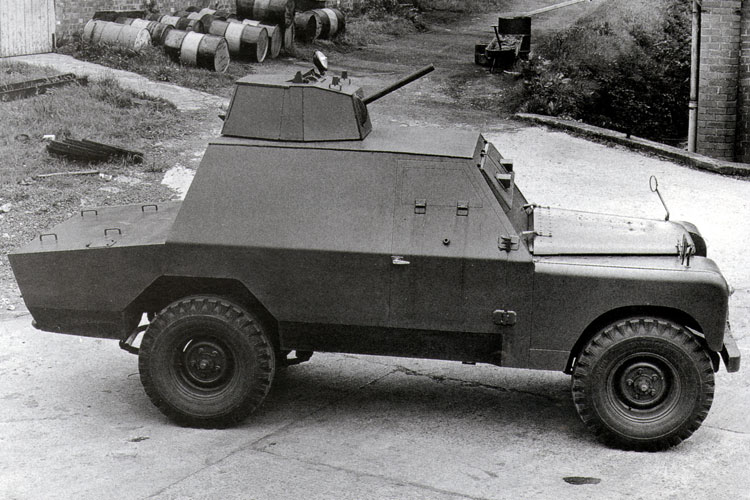
The original Shorland (a contraction of Short Brothers and Harland) SB300 Armoured Patrol Car was a three-man vehicle with machine gun cupola based on the long wheelbase (109”) Series 2A Land Rover chassis which, after a three year evolution, entered production in late 1965 with the first of sixteen entering Police service in March of the following year. When the inter-ethnic violence which later became known as ‘The Troubles’ flared up in the summer of 1969 these police vehicles were redeployed from the border area lanes to the streets of Belfast. In the aftermath, and with the British Army now deployed on Operation BANNER, it was decided to take ‘aggressive’ armed armoured vehicles away from the Royal Ulster Constabulary (RUC) and give them to the Ulster Defence Regiment (UDR) instead.
Roll forward three or so years and the RUC had decided there was a very real need for vehicles which offered better ballistic protection than the appliqué fibreglass kits at that time added to Land Rovers by both military and police units in Northern Ireland, and so they embarked on the procurement process which eventually ended with them fielding a large fleet of discreetly armoured Hotspur Land Rovers. Short Brothers, who produced the earlier Shorland APCs for the RUC, had by this time privately developed a personnel carrier variant capable of transporting up to six officers / troops in addition to driver and commander which they hoped to market overseas, and eventually by 1975 the RUC was granted Home Office permission to buy three of these for evaluation. Afterwards they were mostly used for transporting officers in and out of high risk area police stations.
Above: Two views of ex-RUC SB301 (MOI 2688) photographed in 2007 and a comparison front view of one of the later RUC SB401 fleet which joined it in a Lincolnshire vehicle graveyard in 2011 [ ©BM]
Known by the company as the SB301 model, to differentiate it from the earlier SB300 Shorland APC, the Armoured Personnel Vehicle resembled an angular and slightly taller long wheelbase Land Rover sitting a little higher off the ground as it was fitted with larger wheels and tyres than civilian models. Totally armoured from the engine bulkhead backwards, though the floor was GRP to absorb pipe bomb blasts, its front cab doors were less deep than those of the civilian Land Rover and had replaceable laminated glazing blocks. Instead of a full-width two piece windscreen, the SB301 had two large replaceable laminated glazing blocks which after modification by RUC workshops could be further protected by a pull-up armoured panel with vision slots. There were two vision blocks, which could be dropped to give firing ports, in each rear body side and in the double rear crew doors. These vehicles were progressively modified, including with ‘flying pig’ type hinged protection screens, to suit operational requirements.
The original SB301 was powered by the 2625cc in-line six-cylinder, produced from 1967, but although this was more powerful than the standard 2286cc four-cylinder it was still a bit gutless in such a heavy vehicle, especially when fully crewed. This power shortfall was remedied with the introduction of the Stage One long wheelbase Series III Land Rover in the late 1970s, which used the 3532cc V-8 engine developed initially for the Range Rover, and Short Brothers reworked their APV as the SB401; the angular front wheel arches are the easiest identifier of the newer model. The RUC bought five of these, part of a cancelled overseas order, in 1985 and reworked them in their own workshops to better suit internal security duties. In 1988, at the very start of my process of documenting armoured Land Rovers in Northern Ireland, I was fortunate to photograph one of the five in the yard of Grosvenor Road Police Station in Belfast.
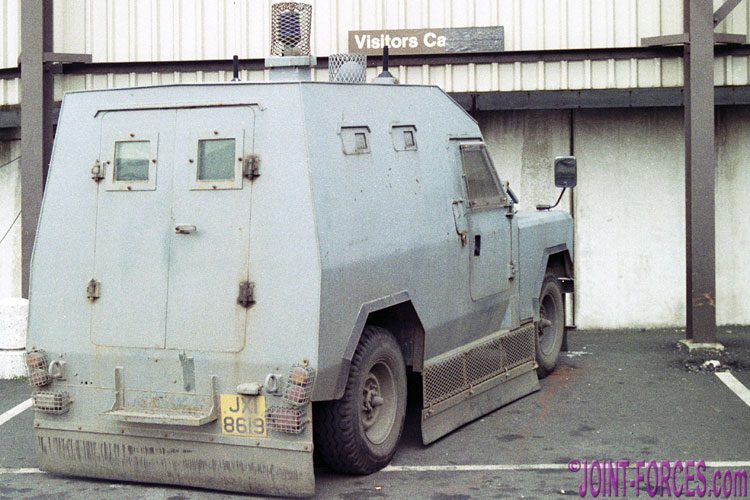
At around the same time that I was snapping the RUC SB401 Shorts engineer Eric Tuckey, who worked with original Shorland APC creator Ernie Lusty of the RUC for many years, was out in Thrace demonstrating the vehicle to the Turkish Armed Forces.

The major Turkish automotive manufacturers Otokar, at that time based in western Istanbul, had entered into an agreement with Land Rover to assemble coil sprung One-Ten vehicles from kits (what is known as CKD or Completely Knocked Down) but with a proportion of locally produced components such as chassis and wheel hubs etc. This company not only assembled vehicles for the civilian market but also provided the Turkish police, military and public utilities with working vehicles. Even back in the mid-1980s Turkey had a major insurgent problem in the south-east with the Kurdish PKK, who were trying to carve an independent Kurdistan out of parts of Iran, Iraq, Syria and Turkey. It was not uncommon for Police (Jandarma) bases and convoys to be attacked by heavily armed groups and the coil-sprung version of the SB401, now re-designated S-55 by Shorts, looked like it might provide an ideal light protected vehicle for use in remote areas with poor roads.
Subsequently the Turkish Government procured large numbers of the Otokar ZPT (Zırhlı Personel Taşıyıcı) and some of these can still be seen occasionally on news footage from the Turkish / Syrian border region. Part of Otokar’s agreement with Land Rover allowed the Turkish company to service MENA ( Middle East & North Africa) markets with Government & Military vehicles; although a secular state, Turkey’s population is predominantly Muslim and therefore it can sometimes do business easier with Muslim states than a Western European company could. Otokar-built armoured Land Rovers can therefore be found in service with a number of Persian Gulf nations, and a couple of North African countries too, though determining precisely which is not always easy as confidentiality clauses nearly always prevent company representatives discussing users with the media. As recently as a couple of months ago I had Mark One Eyeball confirmation that one Gulf nation is widely using the ZPT, but these vehicles are later models with the more stylised front wings; when I spoke to senior officers about these vehicles they advised me not to be too specific about users or locations.
In a later feature I plan to look at other Otokar military Land Rovers, specifically the armoured Akrep which looks like the love child of a British Land Rover and a French VBL, and if sufficient readers request it (use our TwitFace social media pages for contact) I will delve into the Shorland and the subsequent evolution of the Armoured Land Rover for internal security duties. Finally I should like to thank David Dunne, author of the excellent Armoured & Heavy Vehicles of the RUC 1922-2001, published by Ian Allan in 2007, as without his help and sterling groundwork over the last three decades my knowledge of the Armoured Land Rover story would not be quite as comprehensive.
[images, unless otherwise credited, are © Bob Morrison 1986 – 2019]



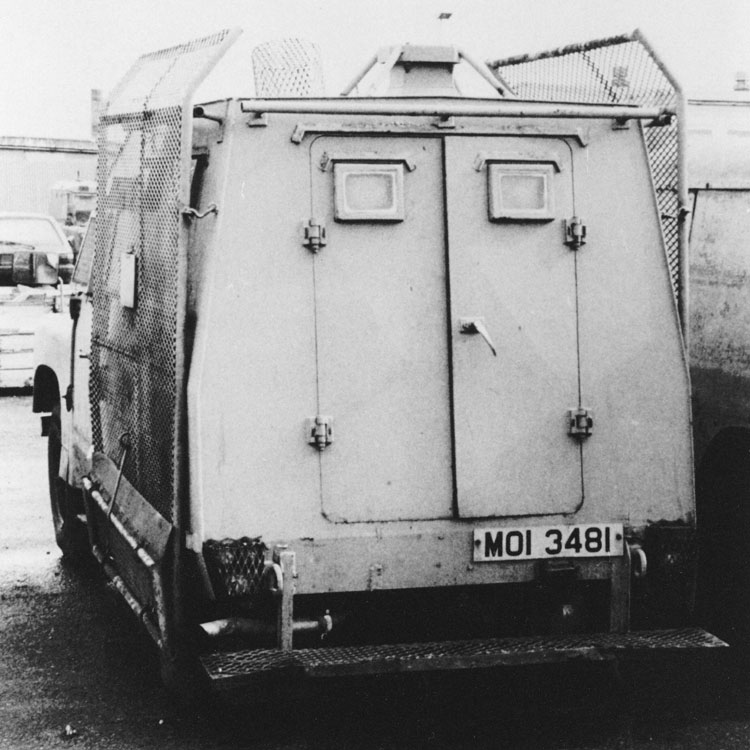
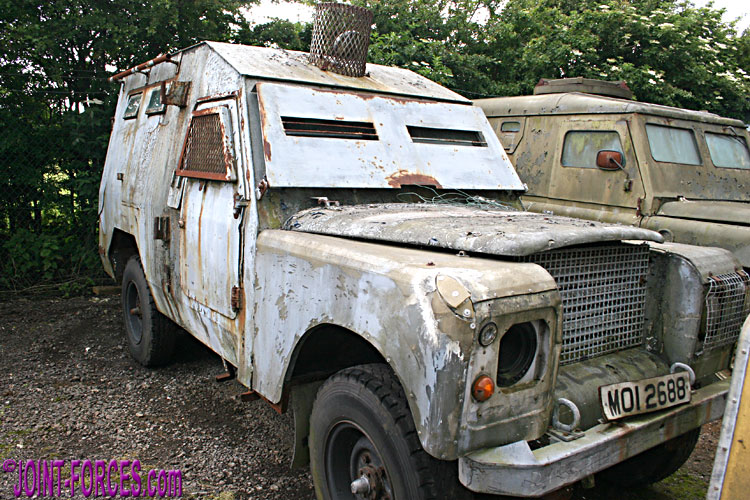

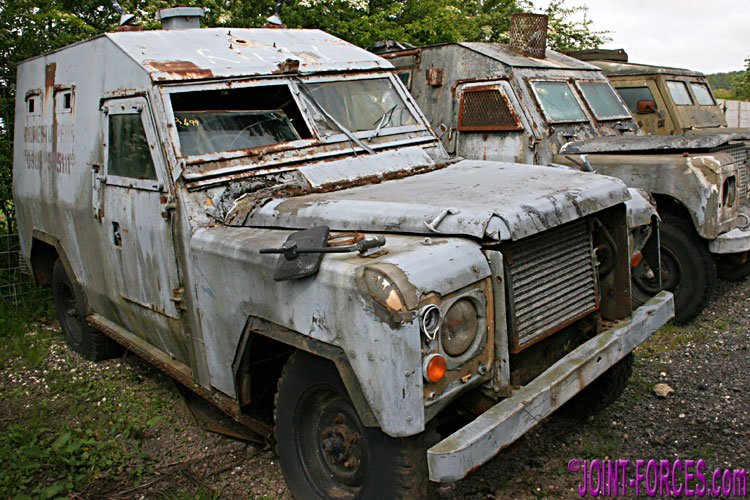

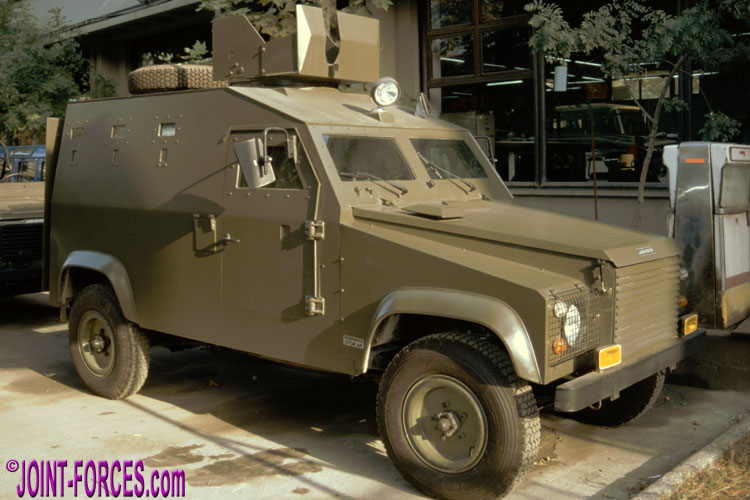

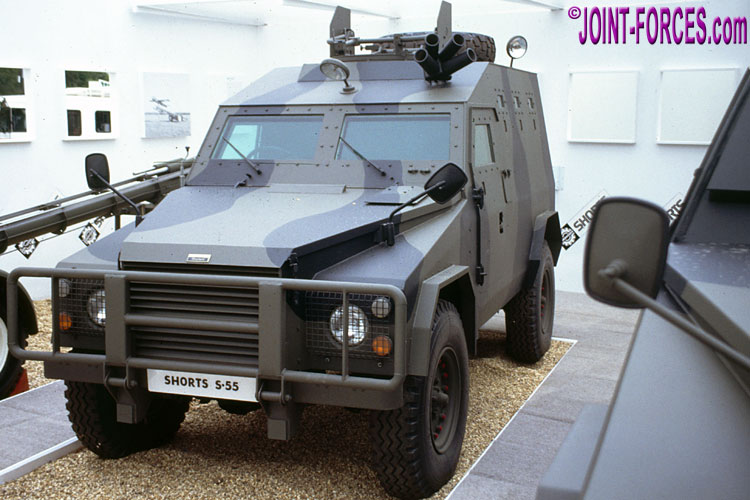
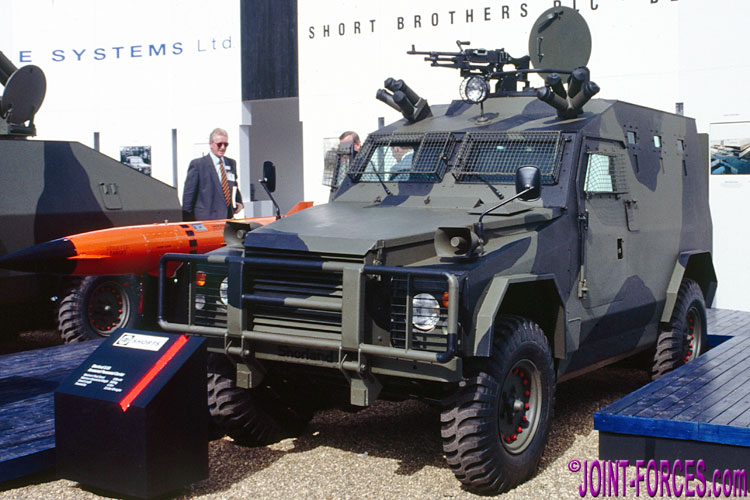
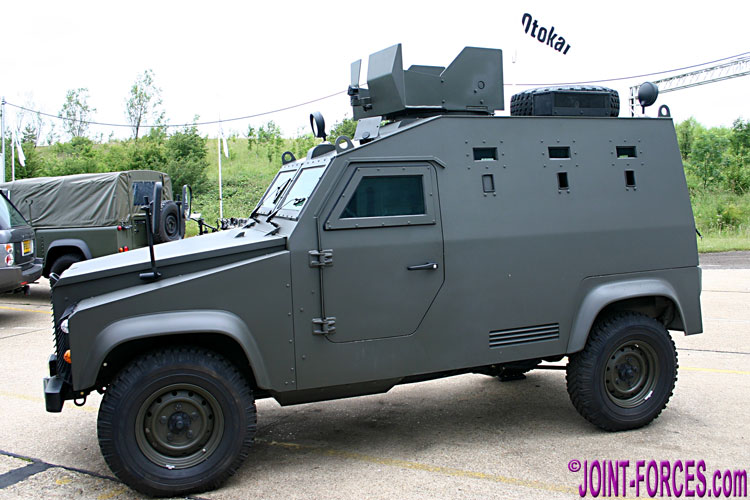
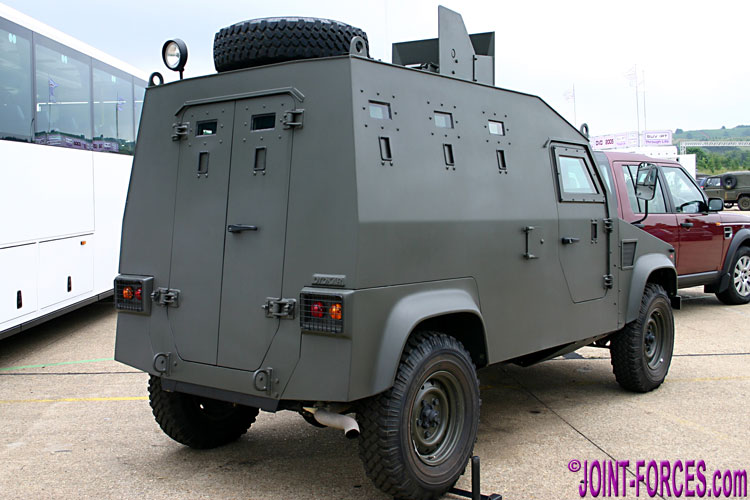
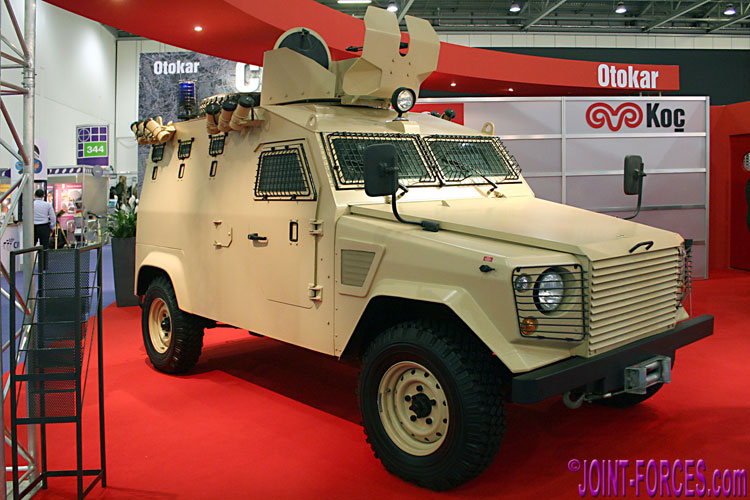

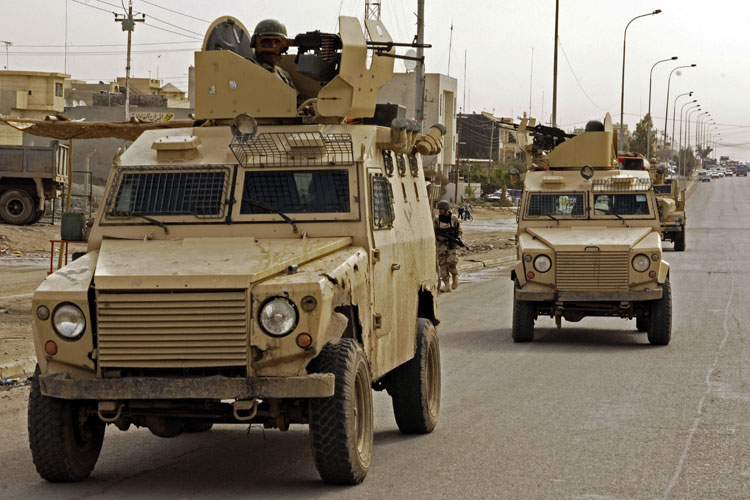
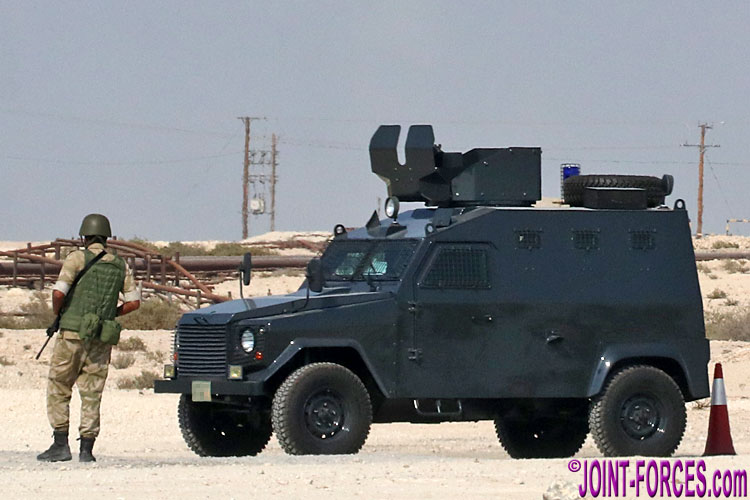
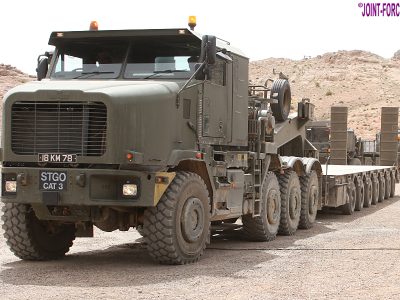
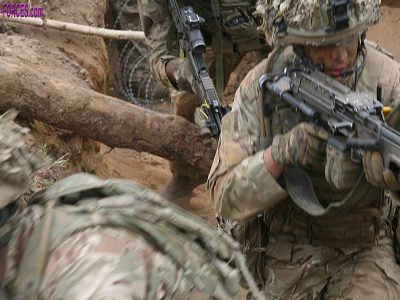
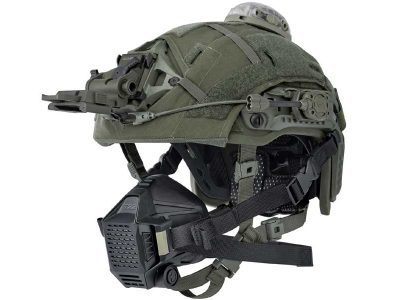
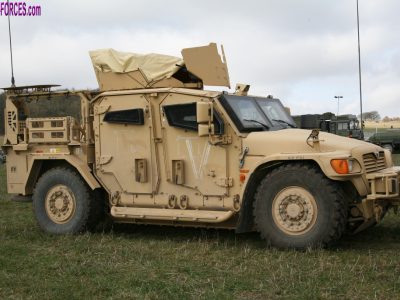



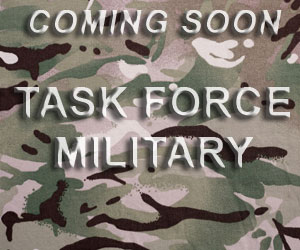





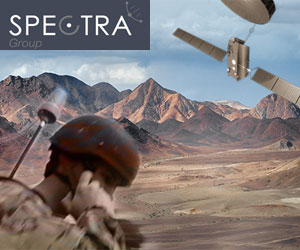




Pingback : Otokar Zırhlı Personel Taşıyıcı ~ Revisited - Joint Forces News
Pingback : MLR40 ~ Otokar and Demonstrator Defender 90 Gunships - Joint Forces News
Pingback : MLR41 ~ Otokar Soft Top Defenders Pt1 - Joint Forces News
Pingback : Police Armoured Land Rovers ~ Ulster Album | Joint Forces News
Pingback : MLR51 ~ Otokar Defender 110 Special Operations Vehicle | Joint Forces News